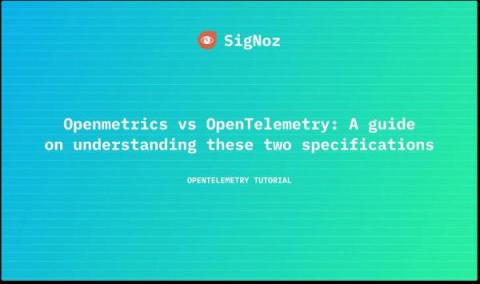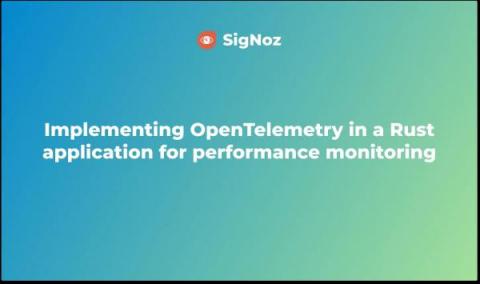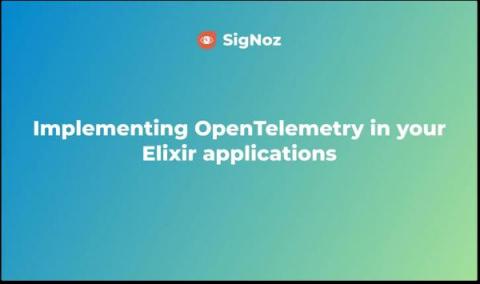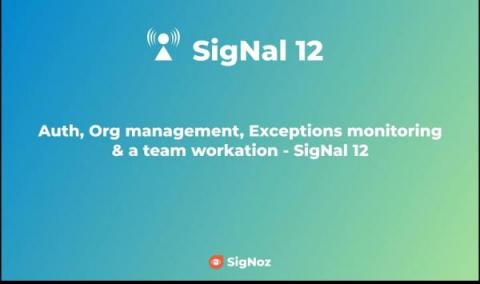Celery worker | Tutorial on how to set up with Flask & Redis
Celery worker is a simple, flexible, and reliable distributed system to process vast amounts of messages while providing operations with the tools required to maintain such a system. In this tutorial, we will learn how to implement Celery with Flask and Redis. Before we deep dive into the tutorial, let’s have a brief overview of Celery workers.









